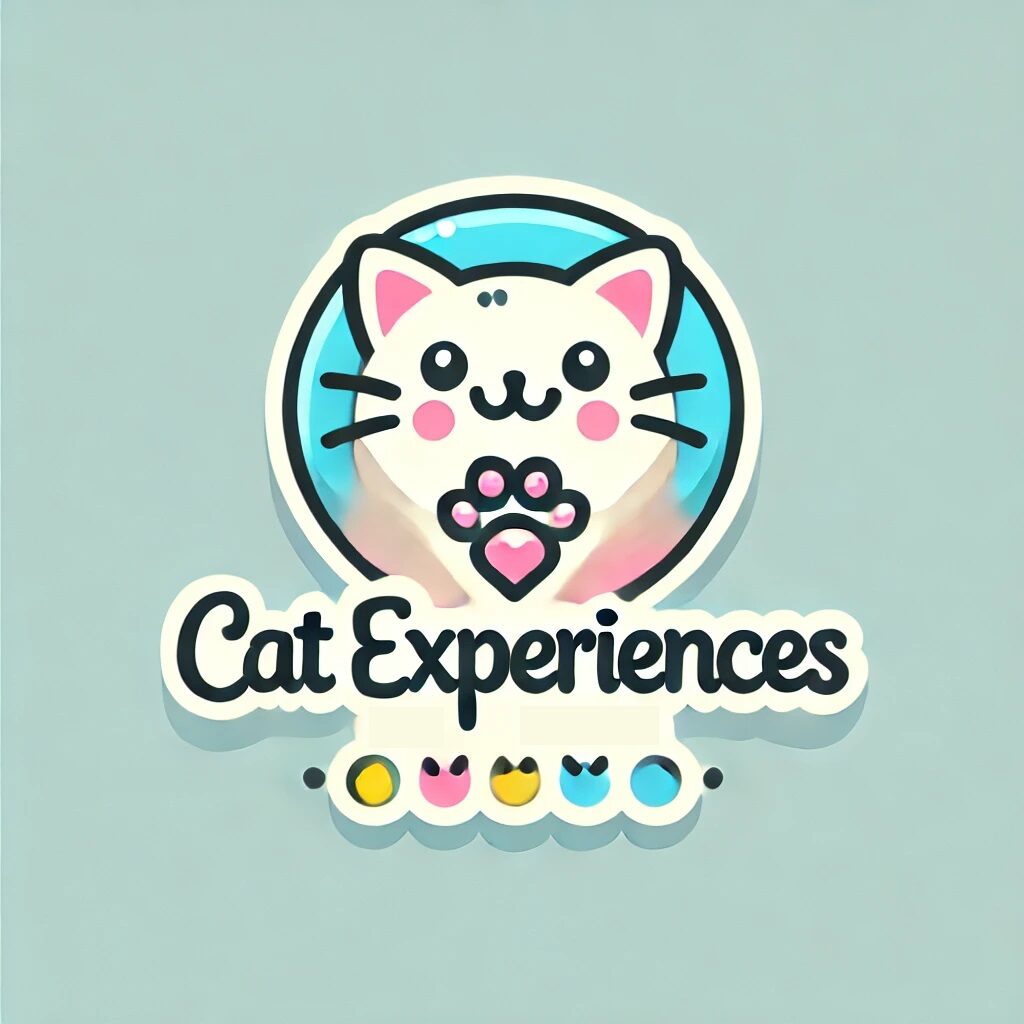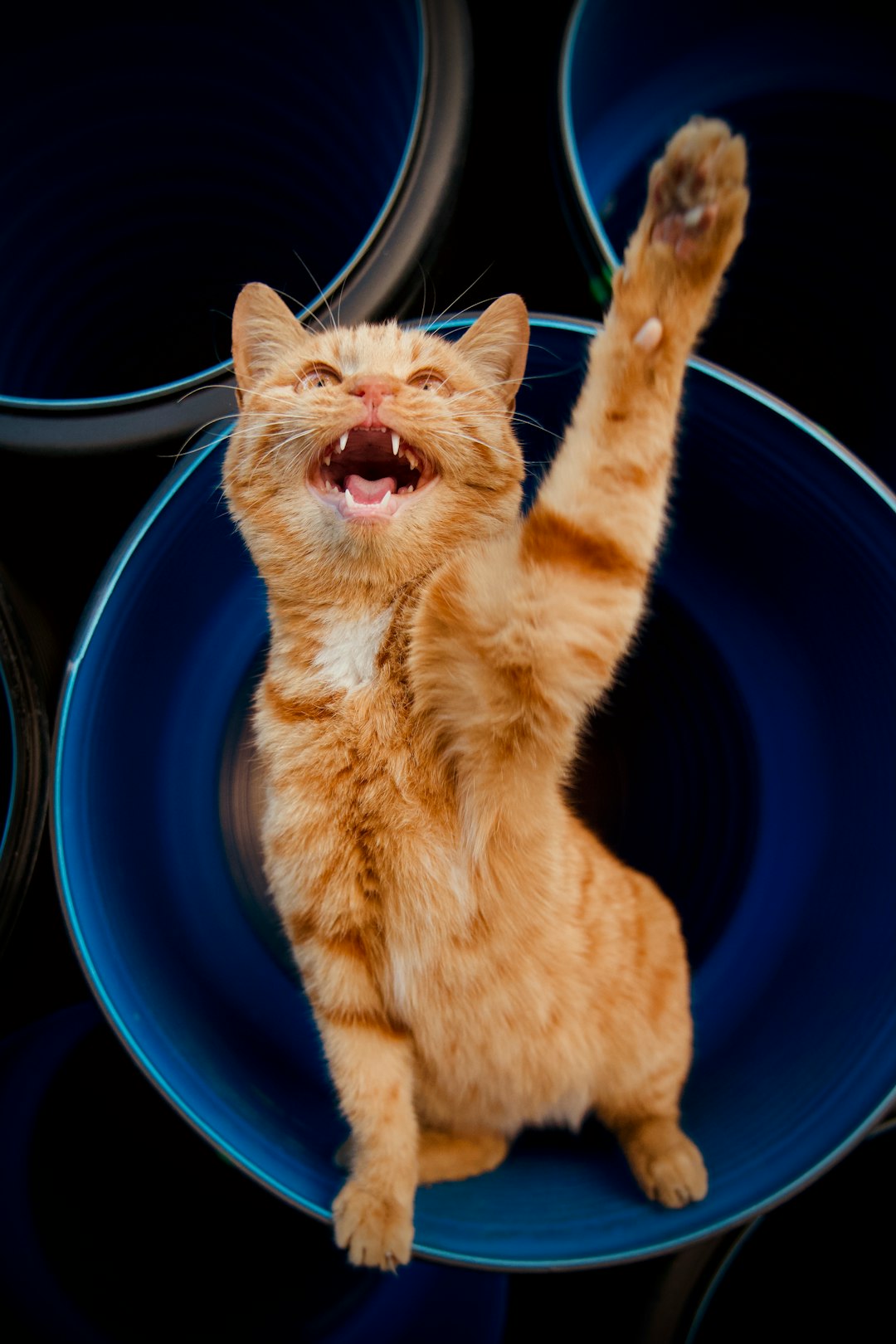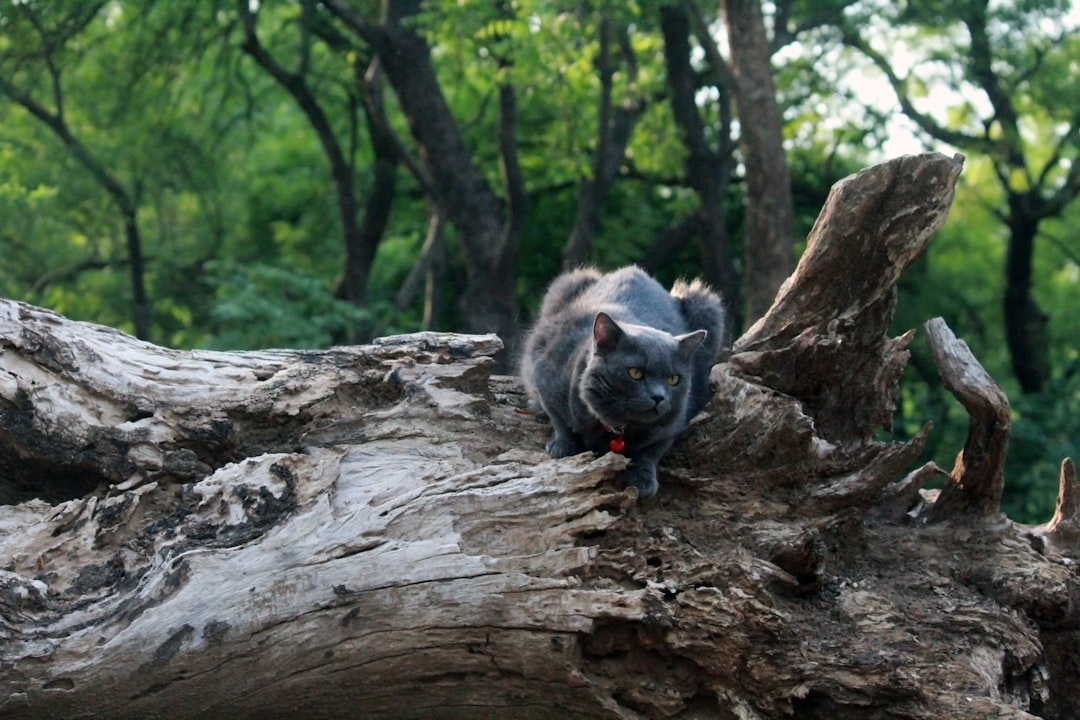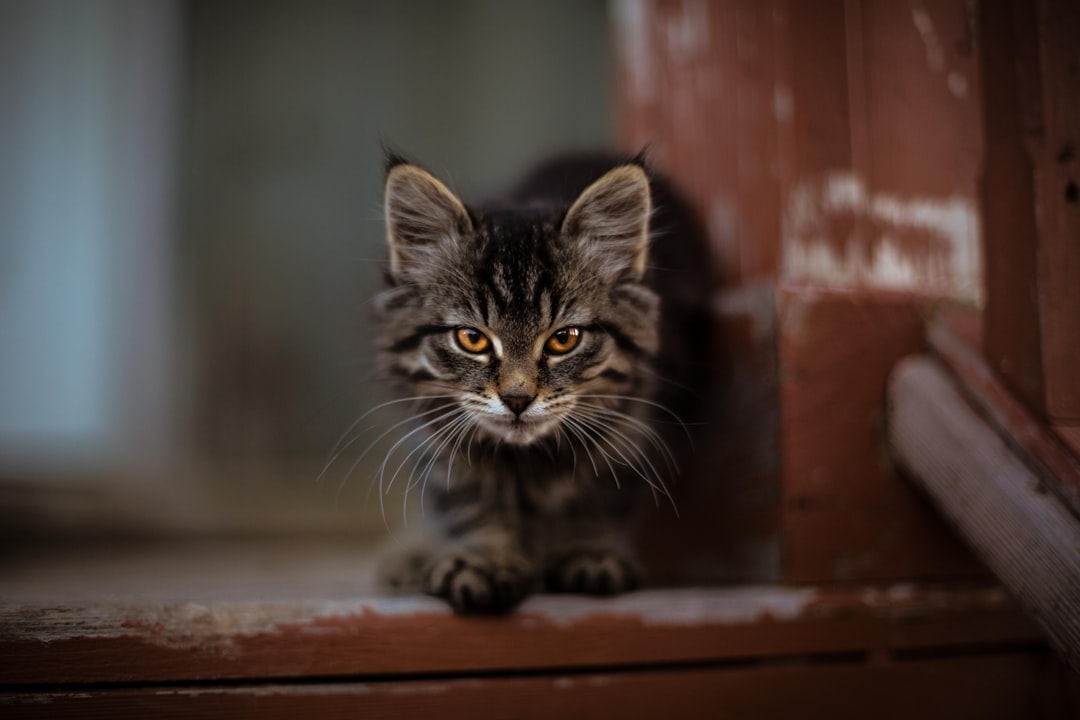Are you considering an upgrade that enhances both your home’s functionality and your feline friend’s freedom? Installing a cat door for French door can be the perfect solution, allowing your cat to come and go as they please while maintaining the elegant appearance of your French doors. However, choosing the right design involves more than just aesthetics; it’s essential to understand the various types of cat doors available, consider key factors, and ensure proper measurements for a seamless fit. This guide will navigate you through everything you need to know about selecting and installing a cat door that complements your home while ensuring safety and ease of use for your beloved pet.
Understanding the Benefits of a Cat Door for French Doors
Convenience for Cats and Owners
A cat door for French door offers unparalleled convenience. It enables your feline friend to freely explore both indoors and outdoors, reducing the need for constant supervision. This accessibility encourages natural behaviors such as exercising and hunting, which can contribute to your cat’s overall wellbeing. Additionally, it saves owners time and effort; no more interrupting your activities to let your cat in or out.
Improved Home Security
Integrating a cat door can also enhance your home’s security. Many models come equipped with locking mechanisms that allow you to control your pet’s access and prevent unwanted wildlife from entering your home. A thoughtful selection ensures that you maintain peace of mind while providing freedom for your pet.
Enhanced Ventilation
Another benefit of having a cat door is improved airflow within your home. In warmer months, an open door can facilitate ventilation, reducing stuffiness and promoting a comfortable atmosphere. Additionally, some cat door designs allow for minimized drafts, making your space cozy for both you and your pet.
| Benefit | Description |
|---|---|
| Convenience | Freedom for pets; saves time for owners. |
| Security | Offers lock options to prevent wildlife intrusion. |
| Ventilation | Improves airflow and reduces indoor stuffiness, ensuring a comfortable environment. |
In summary, a well-chosen cat door significantly enhances both your cat’s life and home environment, creating a harmonious living space for everyone involved.
Types of Cat Doors Available
When it comes to selecting the perfect cat door for your French door, understanding the different types available is essential. Each type offers unique features that cater to various needs, ensuring both convenience for your feline friend and harmony with your home’s aesthetics.
Magnetic Cat Doors
Magnetic cat doors utilize magnets to help ensure a secure closure, preventing unwanted intrusions while allowing easy access for your cat. With the simple flap mechanism, your pet can quickly push through the door, making it a terrific option for passive accessibility. Additionally, magnetic doors help maintain energy efficiency by minimizing air leaks, which can be especially beneficial in climates with extreme weather.
Electronic Cat Doors
Electronic cat doors provide a more high-tech solution. Often equipped with RFID (Radio Frequency Identification) technology, these doors recognize your cat’s microchip or a specialized collar, allowing only your pet to enter or exit. This feature not only enhances security but also prevents stray animals from gaining access to your home. Furthermore, many electronic models offer programmable settings, letting you manage access times.
| Type | Pros | Cons |
|---|---|---|
| Magnetic Cat Doors | Easy installation, energy-efficient | Less secure against larger animals |
| Electronic Cat Doors | High security, programmable settings | Higher cost, might need batteries |
Flap Cat Doors
Flap cat doors are perhaps the most traditional option. These doors consist of a flexible flap that your cat can push open. Flap doors are typically easy to install and can be quite cost-effective. They come in various sizes and materials, which allows for customization to suit your home’s decor. However, they may need more frequent maintenance to prevent wear and tear.
| Type | Pros | Cons |
|---|---|---|
| Flap Cat Doors | Cost-effective, straightforward setup | Less secure, may allow draft |
Choosing the right type of cat door for your French door will greatly depend on your home’s needs and your feline’s habits. Consider your priorities, whether they be security, ease of installation, or aesthetics, as you explore the options.
Factors to Consider When Choosing a Cat Door
Size and Dimensions
When selecting the right cat door, the size and dimensions are crucial factors to ensure your feline friend can easily access the area you designate. Measure your cat’s height and width when standing up, and consider adding a couple of inches for comfort. Most cat doors come in standard sizes, typically ranging from 6 to 10 inches wide and 7 to 12 inches tall. Refer to the table below for quick dimensions:
| Cat Size | Suggested Door Size |
|---|---|
| Small (up to 10 lbs) | 6″ x 7″ |
| Medium (10-20 lbs) | 7″ x 9″ |
| Large (20-30 lbs) | 8″ x 12″ |
Material and Durability
Material and durability play a significant role in the longevity of a cat door. Common materials include plastic, wood, and aluminum, each offering different degrees of strength. For a cat door for French door, aluminum frames typically provide the best durability against weather elements while being easy to clean. Choose a material that suits your home’s traffic and your cat’s tendencies, as aggressive scratchers may wear down cheaper plastics faster.
Design Compatibility with French Doors
Design compatibility is another essential factor. Aesthetics can’t be overlooked, especially since you’re installing a cat door for French door entryways. Opt for designs that can seamlessly blend with your existing door style. Look for features like frames that mirror the finish of your doors and colors that complement your home decor. Pay attention to details such as:
| Design Feature | Considerations |
|---|---|
| Frame Style | Match with door frame |
| Color and Finish | Coordinate with decor |
| Branding and Lines | Minimal vs. ornate |
By evaluating these considerations, you’ll ensure your cat door is both functional and visually pleasing within your living space.
Measuring Your French Door for a Cat Door
When considering a cat door for French door, accurate measurements are crucial to ensure a proper fit. Follow these steps to make the process seamless and efficient.
Finding the Right Height
First and foremost, the height at which the cat door is placed is essential. Most cat doors are designed with a standard height of 6-12 inches from the ground, making it easy for your feline friend to pass through. To find the right height:
| Consideration | Measurement |
|---|---|
| Average Cat Height | 9-10 inches |
| Preferable Height | 6-12 inches |
Make sure to leave enough room for longer cats or those with larger builds by adjusting accordingly.
Considering Width and Space
The width of the cat door matters greatly, too! You want to ensure that it’s wide enough for your cat to maneuver easily. Width measurements should typically be between 5-8 inches. It’s a good idea to check the following:
| Cat Size | Recommended Width |
|---|---|
| Small | 5-6 inches |
| Medium | 6-7 inches |
| Large | 7-8 inches |
Assessing the Frame Type
Lastly, French doors often come in different frame types such as wood, aluminum, or vinyl. Each material may require different installation techniques:
| Frame Type | Recommended Installation Method |
|---|---|
| Wood | Use a hole saw for clean cuts |
| Aluminum | Utilize a jigsaw for added precision |
| Vinyl | Requires specific cutting tools |
Taking precise measurements will ensure you purchase the appropriate cat door for French door that fits seamlessly and meets your cat’s needs.
Installation Process for Cat Doors in French Doors
Installing a cat door for French doors can be a straightforward task if you prepare adequately. Here are some guidelines to help you through the installation process.
DIY Installation Tips
- Choose the Right Location: Decide where you want to place the cat door. It should be at a comfortable height that allows your cat to enter and exit freely.
- Mark the Area: Use a pencil to mark the dimensions of the cat door on the door surface, ensuring it is level.
- Drill Pilot Holes: Use a drill to make pilot holes in the corners of your marked area. This will serve as a guide for cutting.
- Cut the Opening: Carefully cut along your marked lines using a jigsaw. Always wear safety goggles to protect your eyes.
- Attach the Cat Door: Follow the manufacturer’s instructions to install the cat door frame securely.
When to Hire a Professional
If you are uncomfortable with DIY projects or lack the necessary tools, consider hiring a professional. This is particularly advisable if:
- Your French doors are made from materials like glass or have intricate designs that need specialized tools.
- You want to ensure a perfect seal to maintain energy efficiency.
Tools Needed for Installation
| Tool | Purpose |
|---|---|
| Jigsaw | Cutting the opening for the cat door |
| Drill | Making pilot holes |
| Measuring Tape | Ensuring accurate measurements |
| Screwdriver | Securing the cat door |
| Safety Goggles | Protecting your eyes during cutting |
By following these guidelines, you’ll facilitate a smooth installation of your cat door for French door while ensuring safety and functionality for both you and your feline friends.
Safety Features to Look For
When selecting a cat door for French doors, ensuring your feline’s safety should be your top priority. Various safety features can greatly enhance the functionality and peace of mind that comes with a pet door. Here are essential safety characteristics to consider:
Locking Mechanisms
A reliable locking mechanism is vital in maintaining your home’s security. Look for options that offer different locking styles:
| Lock Type | Pros | Cons |
|---|---|---|
| Slide Lock | Easy to use; adjustable | May wear out over time |
| Keyed Lock | High security; prevents unauthorized access | Slightly more expensive |
| Magnetic Lock | Simple to operate; often automatic | May not secure tight spaces |
Safety Sensors
Many advanced cat doors are equipped with safety sensors that help prevent accidents. For instance, infrared sensors detect your cat’s presence, ensuring the door only opens when needed. Features to look for include:
- Motion Detection: Automatically closes when your pet is inside.
- Safety Stop: Prevents the door from closing on your pet, reducing injury risks.
Weather Resistance
Weather-resistant features are crucial for cat doors for French doors, particularly for those facing the elements. Look for materials that can withstand rain, snow, and UV exposure. Essential aspects include:
| Material Type | Durability | Insulation |
|---|---|---|
| Heavy-Duty Plastic | Lightweight, weather-proof | Average insulation |
| Aluminum | Rust-resistant, sturdy | Excellent insulation |
Choosing a cat door with these safety features will ensure that both your cat and home remain protected, allowing for a stress-free passage between indoors and outdoors.
Design Aesthetics: Matching Your Cat Door to Your Home
Creating a harmonious visual environment in your home involves paying attention to details, including your cat door for French door. Selecting a door that complements your interior design enhances both style and functionality.
Choosing Colors and Finishes
Color coordination is crucial for ensuring that your cat door enhances rather than detracts from your overall decor. Consider the following options:
| Color | Best Used With | Finish |
|---|---|---|
| White | Traditional or modern décors | Matte or Glossy |
| Natural Wood | Rustic or farmhouse styles | Stained or Oiled |
| Bold Colors | Contemporary settings | High-Gloss |
Each choice you make can drastically affect the appearance and feel of the space.
Design Trends for Cat Doors
Staying updated with current design trends can also help you select a cat door that fits seamlessly. Notable trends include:
- Minimalistic Designs: Simple, clean lines that don’t overpower your space.
- Double or Integrated Styles: Options that maintain the integrity of the French door aesthetics while providing an entry for your feline.
- Eco-Friendly Materials: Increasingly popular among homeowners who prioritize sustainability.
Blending with French Door Patterns
French doors often feature intricate patterns and glass panes. To ensure your cat door for French door blends nicely:
- Frame Selection: Choose a frame style that mirrors the French door’s aesthetics, ensuring continuity.
- Glass Options: If your French doors have glass panels, consider cat doors with plastic or clear glass inserts, maintaining transparency.
- Decorative Elements: Match hardware finishes, such as doorknobs or hinges, for added cohesion.
By focusing on these design aspects, you can create a space that is both functional for your pet and visually appealing.
Common Challenges and Solutions
Installing a cat door for French doors can introduce some challenges, but with the right solutions, you can create a comfortable and functional space for your feline friend. Below are common issues and their effective solutions:
Dealing with Drafts
Problem: A common issue with cat doors is air leakage that can create drafts, making your home less energy-efficient.
| Solution | Description |
|---|---|
| Weatherstripping | Install weatherstripping around the edges of the cat door to minimize drafts. |
| Insulated Cat Doors | Choose energy-efficient models that have built-in insulation to reduce drafts. |
Preventing Damage to Doors
Problem: Some cat doors can cause wear and tear on your French doors, especially if they are not installed correctly.
| Solution | Description |
|---|---|
| Reinforcement | Use a supportive frame to reinforce the area around the cat door and prevent sagging. |
| Quality Material | Select a durable, weather-resistant material for both the door and frame to ensure longevity. |
Training Your Cat to Use the Door
Problem: Cats may resist using the new door, leading to frustration for both you and your pet.
| Solution | Description |
|---|---|
| Positive Reinforcement | Encourage your cat with treats and praise each time they approach or use the door. |
| Gradual Introduction | Start by keeping the door prop open, allowing your cat to get used to the opening before closing it. |
By addressing these common challenges with thoughtful solutions, you can ensure that your cat door for French doors integrates smoothly into your home, making it a beneficial addition for both you and your furry companion.
Maintaining Your Cat Door
Ensuring the longevity and functionality of your cat door for French door requires regular maintenance. By implementing a few simple practices, you can keep your cat door in excellent condition and extend its lifespan.
Cleaning and Care Tips
Maintaining a clean cat door is vital to prevent buildup of dirt and grime. Consider these recommendations:
| Cleaning Method | Frequency |
|---|---|
| Wipe with a damp cloth | Weekly |
| Check for and remove debris | Monthly |
| Inspect the hinges and seals | Every 3 months |
Using mild soap and water is usually sufficient. Avoid harsh chemicals that can damage the materials.
Regular Inspections
Performing regular checks can catch issues early. Look out for:
- Visible damage: Cracks or warped panels can signal the need for repair.
- Hinge wear: Listen for squeaking sounds; it may indicate insufficient lubrication.
- Seals: Ensure they remain intact to maintain energy efficiency.
Set a schedule for these inspections—adjusting based on your cat’s behavior can be beneficial.
Replacing Parts When Necessary
In some situations, replacement is unavoidable. Identify when components need changing by observing:
| Part | Signs of Wear | Replacement Frequency |
|---|---|---|
| Flap | Frequent sticking | Every 1-3 years |
| Hinges | Rust or difficulty moving | Every 2-4 years |
| Seals | Cracked or brittle | Every 2-5 years |
Timely replacements ensure that your cat door for French door remains functional and secure. Following these maintenance practices will help you enjoy a smooth experience for both you and your feline friend!
Frequently Asked Questions
What should I consider when choosing a cat door for my French door?
When selecting a cat door for your French door, it’s crucial to consider the size of your cat to ensure they can comfortably pass through the opening. Additionally, evaluate the door’s material to ensure it matches your French door aesthetically. Consider whether you need a locking mechanism for security, and review installation options, as some designs may require professional help while others can be installed by homeowners with basic tools.
Are there specific cat door designs that work best with French doors?
Yes, certain cat door designs are more tailored for French doors, primarily those that are customizable or designed to fit seamlessly with glass panels. Magnetic and electronic cat doors are popular options, as they prevent unwanted pests from entering. Additionally, look for models that offer trim kits to cover the cut edges, thus ensuring a finished look. Always choose a design that complements the elegance of your French doors.
Can I install a cat door in a glass pane of my French door?
Installing a cat door in a glass pane is indeed an option, though it requires specific considerations. You’ll need a glass panel that can be cut or replaced with a pre-made cat door insert. Professional installation is often recommended, as specialized tools and techniques are necessary to avoid damaging the glass. It is important to ensure that the installation is weatherproof and secure to maintain the door’s efficacy.
What is the price range for cat doors suitable for French doors?
The price of cat doors that are suitable for French doors can vary greatly based on design and features. Basic models typically start around $30 to $50, while more advanced options, such as electronic or magnetic cat doors, can range from $100 to $300. High-quality glass inserts designed for French doors may incur additional costs due to installation fees and materials. It’s essential to compare several options to find one that fits your budget and needs.
How can I keep my cat from using the door at unwanted times?
To prevent your cat from using the cat door at undesired times, consider options that include locking mechanisms. Many modern cat doors come equipped with features that allow owners to restrict access, such as manual locks or programmable settings for scheduled access. Additionally, training your cat to use the door only during specific times may help, paired with positive reinforcement to encourage good behavior.



